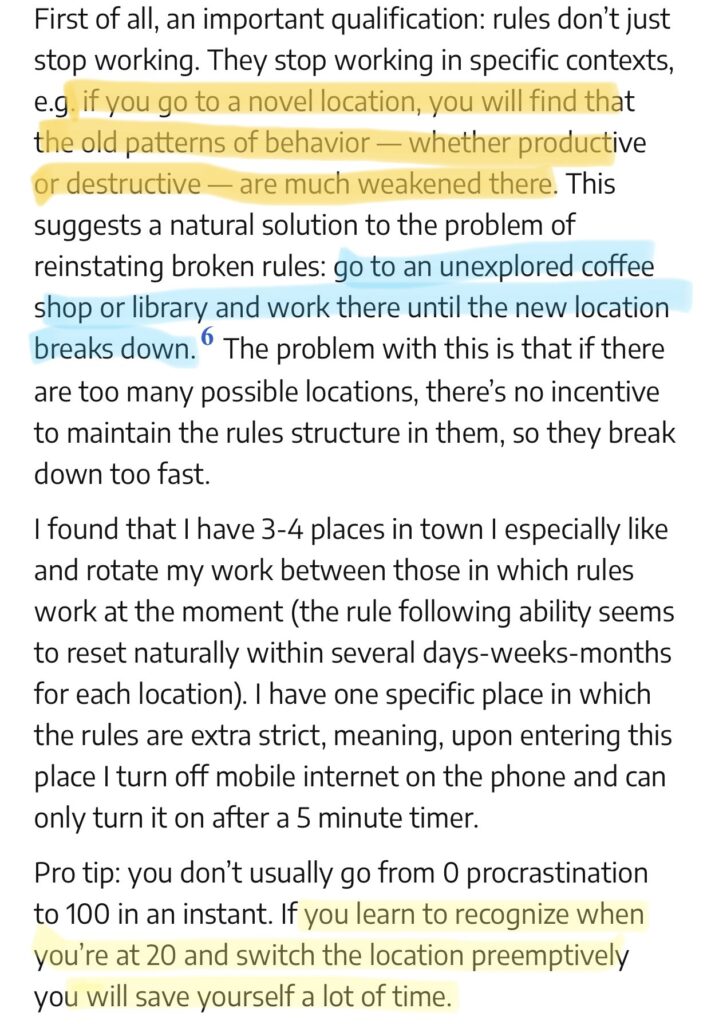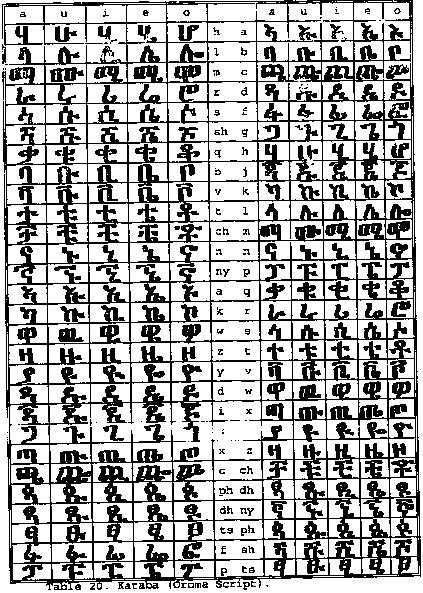Hello there,
Long ago there lived six old blind men in a village in India. Since they could not make out the world’s semblance, they relied on their own imagination and stories told by travelers.
Out of all the stories they heard, they were most curious about elephants. They were told that elephants could trample forests, carry huge burdens, and frighten young and old with their loud trumpet calls.
To learn about the true nature of the elephants, the six men decided to visit the palace of the Rajah.
The first blind man approached the elephant and happening to fall against its broad and sturdy side began to brawl: “God bless me! but the Elephant is very like a wall!”
The second man feeling the limber trunk cried “Ho! what have we here
So very round and smooth and sharp?
To me tis mighty clear,
This wonder of an Elephant
Is very like a spear!”
The third, the squirming trunk within his hands spake:
“I see,” — the Elephant
Is very like a snake!”
The fourth, felt about the knee, “What most this wondrous beast is like
Is mighty plain, Tis clear enough the Elephant
Is very like a tree!”
The fifth, chanced to touch the ear, “E’en the blindest man
Can tell what this resembles most;
Deny the fact who can,
This marvel of an Elephant
Is very like a fan!”
The sixth, seizing on the swinging tail
That fell within his scope,
“I see,” the Elephant
Is very like a rope!”
We live in a world built up of different experiences, beliefs, world views. For what’s worth, there is value in living alt-realities imaginatively, literally. For imagine, had the blind men exchanged places, they would have agreed on a much better-looking elephant.
Here we go!!
Anekāntvāda
Any truth is relative to the perspective from which it is known. Reality is comprised of innumerable substances, both material and spiritual, and these too are constantly changing and in a state of flux. Raw materials that make up material and spiritual things too are impermanent. And hence, it is near impossible for us to see the whole truth, the complete truth, of reality.
It is, therefore, useful to engage in alt-exercises, for what is to say, that the unexperienced is untrue.
Isn’t it the state of multidimensionality that powers a founder’s brain? For they are right before others or when others are wrong? Living in the present, but building for the future.
Isn’t open-mindedness, awareness of the conditionality or partiality of viewpoints?
What is the role of fables and mythology, in modern society, if it were not to “imagine a meaning, a sense to our lives, to satisfy our hunger to believe that the muck and chaos of daily existence does, after all, tend somewhere. It’s the origin of religion, and also of storytelling – or aren’t they both the same thing? As Voltaire said of God: if he did not exist, it would have been necessary to invent him.”
Are we the only universe out there? 13.7 billion or so years ago, everything we know of in the cosmos was an infinitesimal singularity. Then, according to the Big Bang theory, some unknown trigger caused it to expand and inflate in three-dimensional space. As the immense energy of this initial expansion cooled, light began to shine through. Eventually, the small particles began to form into the larger pieces of matter we know today, such as galaxies, stars, and planets. So why not the possibility of a multiverse? Infinite universes. Bubble universes. Daughter universes. Mathematical universes. Parallel universes.
Modern technology allows us to create ever more value using less and less material and energy which leads to lower prices and more consumption. While the ever more efficient use of energy and materials results in relative dematerialization—less stuff yielding more value—the overall trend has been to extract more and more materials from the earth and the biosphere. For instance, innovators figure out how to make cell phones with less metal, which makes them cheaper, which makes them more widespread. Less metal per phone, but more phones, so more metal overall. “Less has thus been an enabling agent of more.”
People move away from nature nowadays, and the frequency of psychological disorders increases. We are inherently primed for multidimensionality. The extra bits of nuances, and layers are what separates us from other animals. We are just nth dimensional further down the road. Otherwise, what would be enlightenment?
When we were young we made sense of our life through our senses. As we grow older, we make deductions about what should happen and what can.
But also inherently end up underestimating the multidimensionality of our lives, as seen through The End of History Illusion.
We believe that we have experienced significant personal growth and changes in tastes up to the present moment, but we underestimate how much we will change in the future.
If we recognize that we don’t know the whole picture, we are likely to become more humble, open-minded, empathetic which will pave way for more peace and joy on earth.
Exploring multidimensionality is not only FUN but a shot at being the modern day astrologist.✓
Best Stuff I Read
1. Zoning

2. Ancient African Writing System
Africa’s Writing System was unique just like the Chinese System and it was developed uniquely without Arab or European influences, as they tends to be developed indigenously by Africans. Some were destroyed during colonialism.
- Ethiopic Writing System Created to holistically symbolize and locate the cultural and historical parameters of the Ethiopian people. In Ge’ez as its classic state, has a total of 182 syllographs, which are arranged in seven columns, each column containing 26 syllographs.
- Egyptian (Kemetic) Hieroglyphs combined logographic, syllabic, and alphabetic elements, with a total of some 1,000 distinct characters. Cursive hieroglyphs were used for religious literature on papyrus and wood. Written from left to Right.
- Afan Oromo Writing System. It is the language by more than 25 million Oromo and neighboring peoples in Ethiopia and Kenya. Older publications refer to the language as “Galla”, a term that is resented by Oromo people and no longer used.

3. The Difference Between Worry, Stress, and Anxiety
Worry is what happens when your mind dwells on negative thoughts, uncertain outcomes, or things that could go wrong. It actually has an important function in our lives. When we think about an uncertain or unpleasant situation — such as being unable to pay the rent or doing badly on an exam — our brains become stimulated. When we worry, it calms our brains down.
Stress is defined as a reaction to environmental changes or forces that exceed the individual’s resources. There is acute stress which wears off when the situation is resolved and there is chronic stress which is when the body stays in continuous fight-or-flight mode.
If stress and worry are the symptoms, anxiety is the culmination. Anxiety has a cognitive element (worry) and a physiological response (stress), which means that we experience anxiety in both our mind and our body.
—> Read full post to learn how to deal with each one.
What I’m Watching
Hundreds of years from now, the last surviving humans discover the means of sending consciousness back through time, directly into people in the 21st century. These “travelers” assume the lives of seemingly random people, while secretly working as teams to perform missions in order to save humanity from a terrible future. Welcome to the 21st Traveler 20201010.
Always feel free to shoot me an email at muigai@solomonmuigai.com with questions, critiques, half-formed ideas with a need of jack to bring to life or just to say hey.
Until next Saturday, have a happy weekend.
Solomon Muigai.
